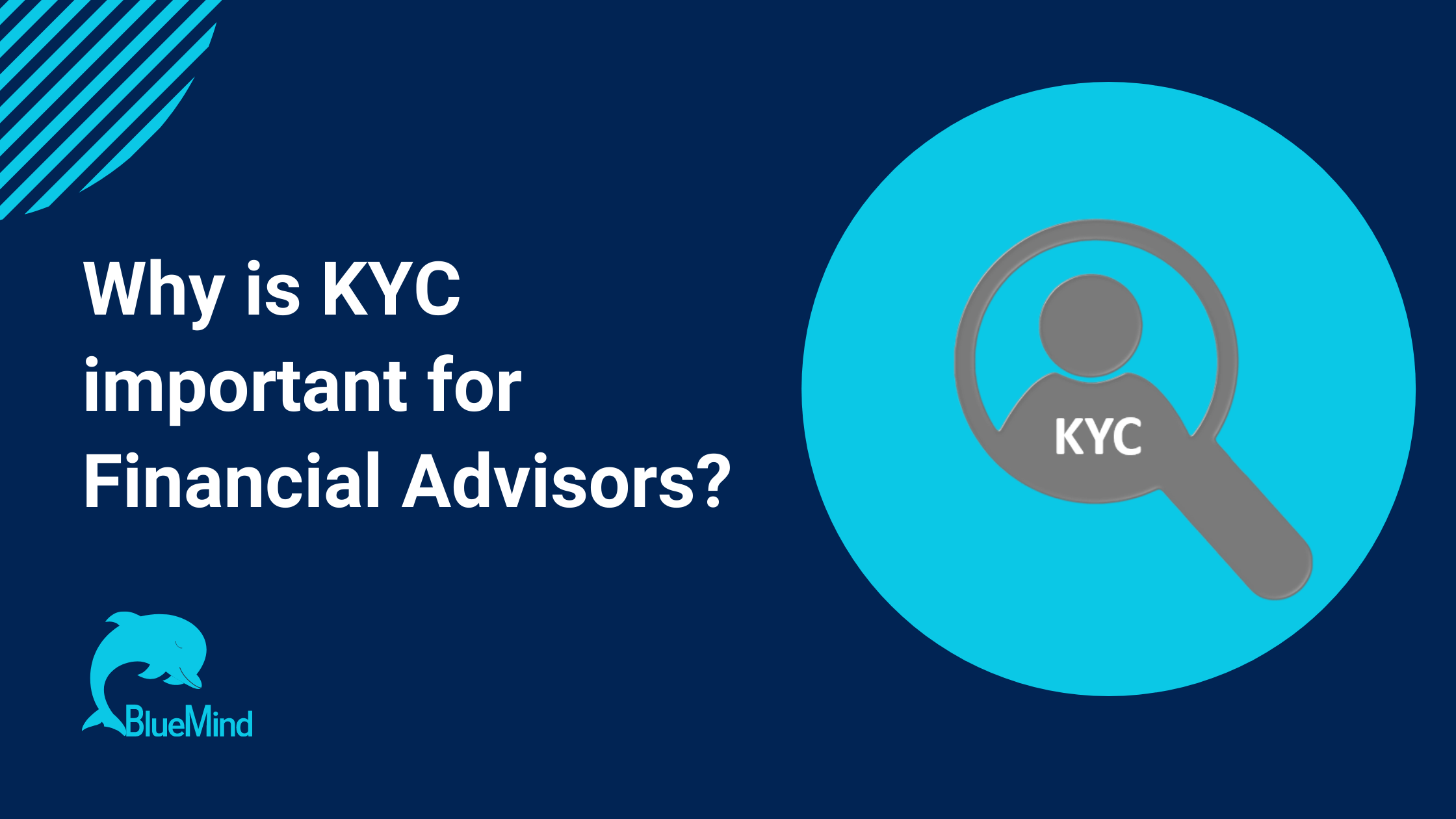How Financial Advisors Can Protect Their Clients' Assets?
Nowadays, where financial scams are becoming progressively complex, safeguarding clients' assets is extremely important for financial advisors. The way to protect against deceitful exercises lies in perceiving the warnings that scammers frequently show. This article investigates the typical admonition signs that financial advisors ought to know about and give reasonable systems to safeguard their clients' assets.
3 Ways How Can Financial Advisors Protect Their Clients' Assets?
1. Income Statement imbalance Statement
Before diving into scam warnings, understanding the contrast between an income statement and a balance statement is critical. The income statement, otherwise called a benefit and deficit statement, gives a depiction of an organization's income, costs, and net gain over a particular period. It assesses the productivity and functional proficiency of a business.
Then again, a balance statement, likewise called a statement of financial position, presents an organization's assets, liabilities, and investors' value at a particular moment. It offers experiences into an organization's economic well-being, showing the amount it possesses and owes.
Understanding the differentiation between these two financial statements is indispensable for financial advisors, as it empowers them to evaluate what is going on precisely. By breaking down the two statements, advisors can distinguish irregularities, strange examples, or potential warnings that might show deceitful exercises.

2. Normal Scam Warnings
Financial advisors assume a vital part in protecting their client's assets. Here are some regular scam warnings they ought to know about:
a. Commitments of Ensured Returns
Assuming that a speculation opportunity offers curiously high or dependable returns, it should raise doubt. Genuine speculations convey inborn dangers, and any commitment to ensured returns is usually a warning for likely misrepresentation.
b. Pressure Strategies
Scammers frequently utilize high-pressure strategies, encouraging clients to settle on rushed choices. Genuine financial advisors focus on informed direction and give more than adequate chances to clients to think about their options.
c. Absence of Straightforwardness
Straightforwardness is a foundation of a sound financial relationship. On the off chance that a financial advisor is reluctant to share definite data about venture techniques, expenses, or their capabilities, it might show fake expectations.
d. Spontaneous Offers
Spontaneous venture offers, particularly those obtained using email or telephone, ought to be treated with alert. Real financial advisors don't usually contact expected clients without their earlier assent.
e. Unregistered Advisors or Firms
Financial advisors and firms should be enlisted with administrative bodies. Clients ought to constantly confirm the accreditations and licenses of their advisors to guarantee they are working with real experts.

3. Systems for Safeguarding Clients' Assets
Financial advisors can go to a few proactive lengths to safeguard their clients' assets from scams:
a. Careful Reasonable level of effort
Leading an exhaustive expected level of investment on likely ventures, advisors, and firms is crucial. Research the speculation potential open doors, check the qualifications of advisors, and audit their previous presentation and notoriety.
b. Training and Correspondence
Teach clients about the dangers related to speculations and scams. Empower open correspondence so clients feel happy about discussing worries or dubious exercises.
c. Enhancement
Urge clients to expand their venture portfolios. A differentiated portfolio can assist with moderating dangers and limit likely misfortunes from deceitful plans.
d. Customary Record Checking
Screen clients' records routinely for uncommon exercises, like unexpected withdrawals or unapproved exchanges. Immediately address any worries or disparities to safeguard clients' assets.
e. Joint effort with Administrative Bodies
Remain refreshed with administrative rules and report any dubious exercises to the critical specialists. Cooperation with administrative bodies can assist with forestalling scams and safeguard client's assets
f. Normal Client Surveys
Direct occasional audits of client's financial objectives, risk resistance, and speculation procedures. This guarantees that the clients' ventures align with their goals and lessens the probability of succumbing to false plans.
g. Secure Innovation Foundation
Put resources into decisive network safety measures to safeguard client information and delicate data. Execute firewalls, encryption conventions, and multifaceted validation to shield against hacking endeavors and unapproved access.
h. Continuous Expert Turn of events
Remain refreshed with industry patterns, guidelines, and best practices. Constant learning and expert improvement empower financial advisors to adjust to developing scam strategies and better safeguard their clients' assets.
By consolidating these extra methodologies with the recently referenced ones, financial advisors can improve their capacity to distinguish and forestall scams, eventually shielding their clients' well-deserved assets.
Takeaway
Shielding clients' assets from financial scams ought to be a first concern for financial advisors. By perceiving the warnings scammers frequently display and understanding the significance of income statements versus balance sheets, advisors are more likely to defend their client's assets. Through careful expected level of effort, proactive correspondence, and standard record checking, financial advisors can construct trust, safeguard their clients' assets, and add to a more secure economic environment.




